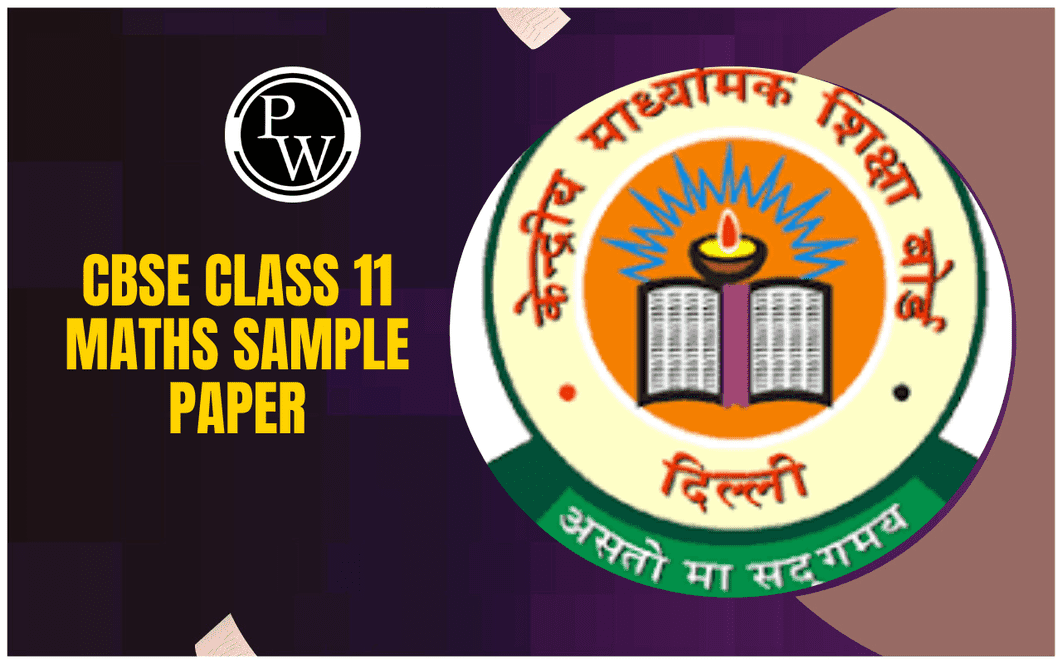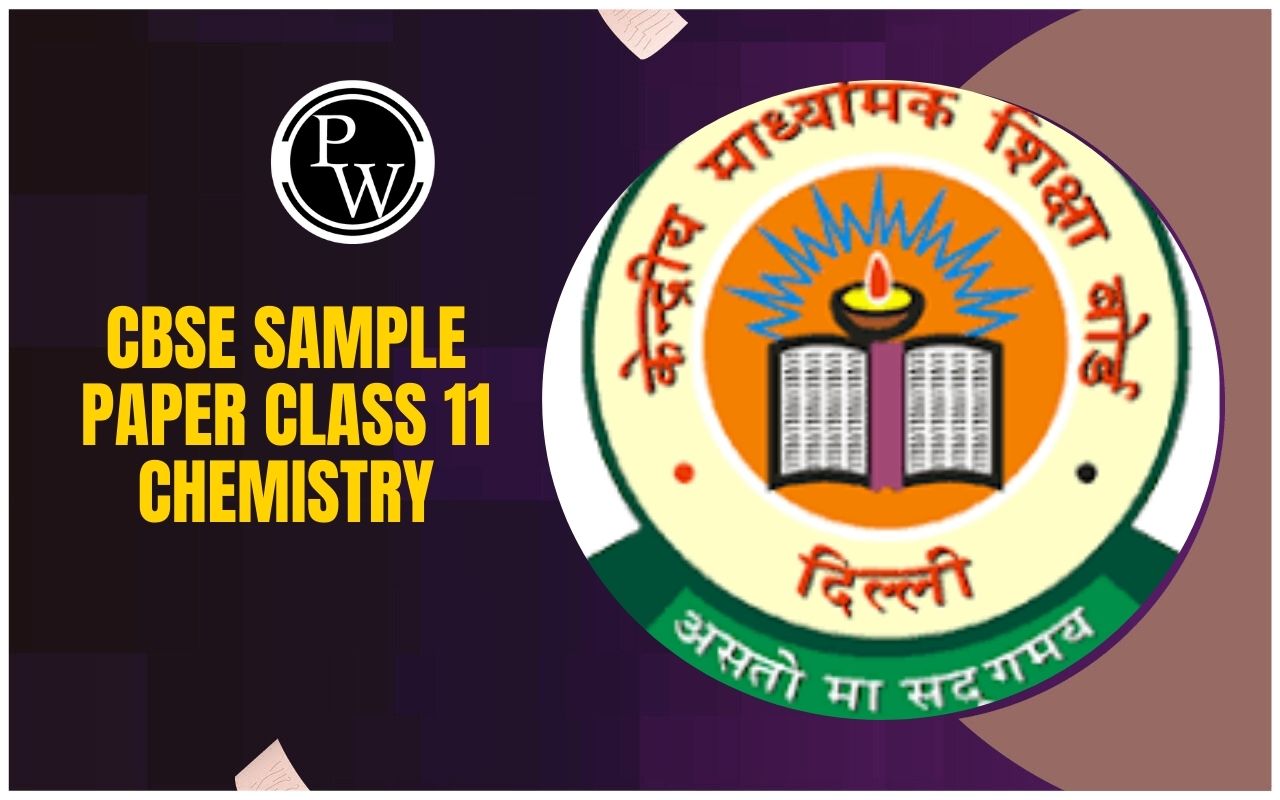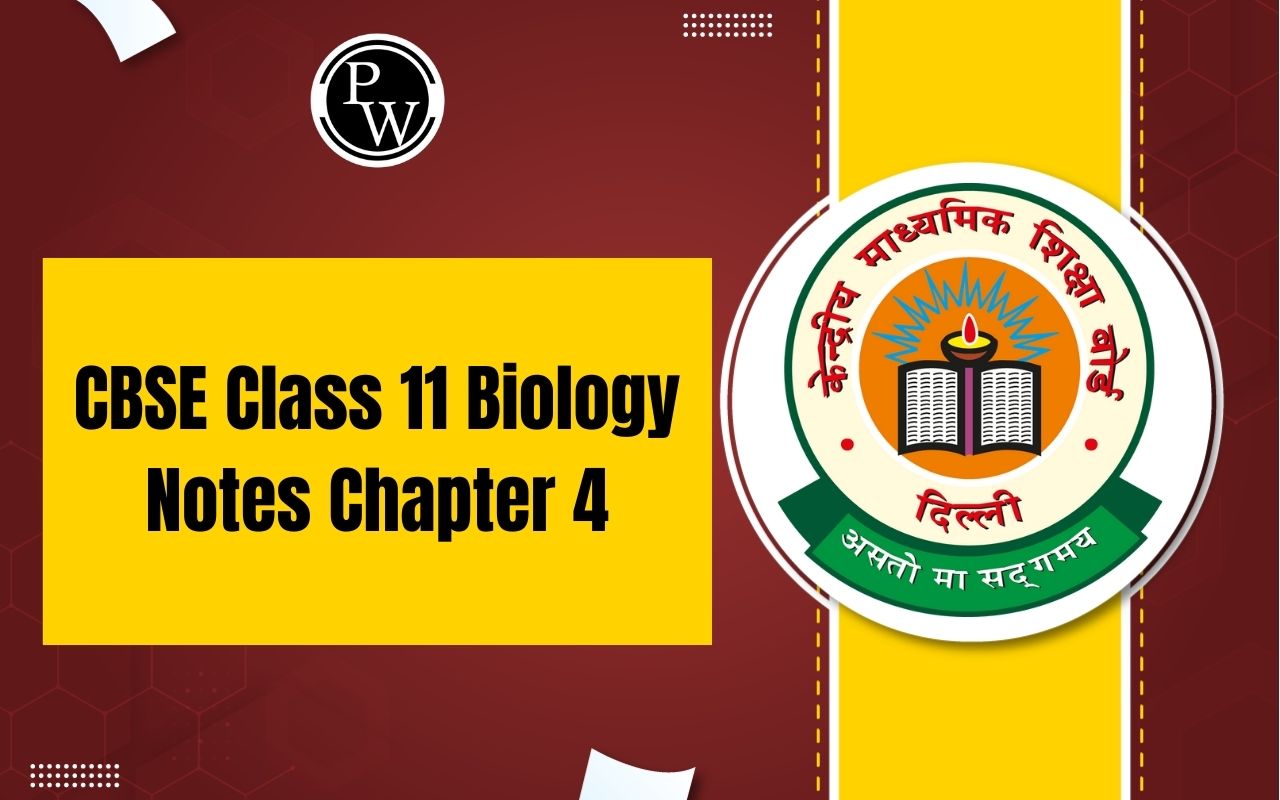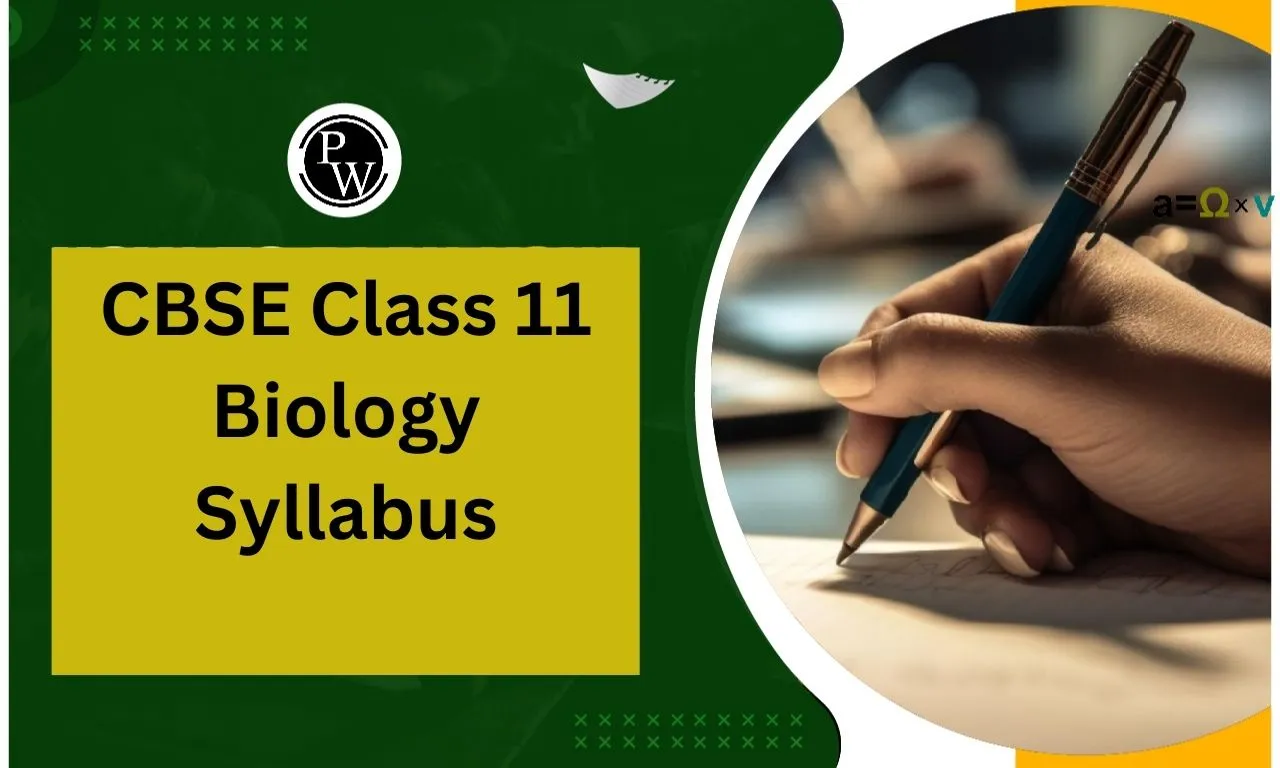
CBSE Class 11 Biology Notes Chapter 1: Here we have provided you the CBSE chapter 1 biology class 11 notes so that you can prepare better for your upcoming exams.
Since these tests are administered by the central board authority in March and April, the CBSE board is the central board that administers board exams for classes 10 and 12. One of the most prominent and established school boards in India is the Central Board of Secondary Education (CBSE).
The NCERT textbooks serve as the primary basis for the CBSE class 11 biology syllabus, as referenced in the question papers. For that reason, the question papers for all competitive exams are set by NCERT.Class 11 Notes Biology Chapter 1 The Living World
The assembly of molecules is the special process that is life. These molecules go through a variety of chemical processes known as metabolism to carry out their distinct roles. Energy is produced and used as a result of this.Through the synthesis of several biomolecules, metabolism leads to the growth, development, reproduction, adaptations, etc. of living things. It has been discovered that all living things, whether they are terrestrial, or aquatic, found in mountains, deserts, oceans, forests, etc., have some genetic similarities.
Important traits shared by living things include development and growth, homeostasis, body organization, reproduction, adaptability, and energy use.
Note: PWNSAT by PhysicsWallah is a national test for Classes 5–12, offering up to 100% scholarships, cash prizes, AIR ranks, and goodies. It assesses JEE, NEET, and school-level concepts. Enroll Now.
What is Growth
To differentiate whether an organism is living or not, various characteristics need to be checked in the case of living organisms.
Characteristics of Living Organisms
The characteristic of living organisms is given below -
GROWTH
Any living thing can grow and expand, which increases the mass and quantity of cells in the body. Cell division is how multicellular creatures proliferate. Plants and animals grow because of the process of cell division. In plants, cell division happens continuously throughout their existence, however in mammals, cell division happens only until a specific age at which point the cells lose their ability to divide.METABOLISM
Because the body and its organs are made of numerous chemicals, they carry out a variety of metabolic processes that transform chemicals into other biomolecules. Every animal, including bacteria, and plants, has a metabolism. In non-living creatures, it is absent, but it can be added using the in-vitro technique.SENSITIVITY
All living things, including prokaryotes and eukaryotes, react to their environment and external stimuli, which might be chemical, biological, or physical. Living things respond appropriately to their stimuli and are sensitive to their surroundings. There are three types of stimuli: chemical, physical, and biological.REPRODUCTION
The process of reproduction, which is only seen in living things, is the capacity to create offspring. Fungal reproduction happens through spores, whereas hydra reproduction happens through budding, and planaria reproduction happens through regeneration.CELLULAR ORGANIZATION
As all living things are composed of cells that aid in carrying out different cellular tasks leading to the growth and development, reproduction, metabolism, etc. in the body, the cellular organisation is the defining feature of all living things. Non-living things lack cellular organization since they are not composed of cells.MOVEMENT
All of the lining organisms can move, and plants in particular follow the path of the sun. Example: A candle's flame and a crystal's crystal do not move, but mango trees may be seen to move, grow, and develop as well as reproduce, which leads to the production of additional trees from their seeds. Mango trees are therefore considered to be alive since they exhibit movement, in contrast to crystals and candles, which do not. Living things are also those that possess awareness and consciousness of their environment.Diversity in the Living World
The primary habitat of all living things is Earth. There are millions of living things on Earth that we occasionally are unable to perceive with the naked eye. It is discovered that these organisms can be found residing in a variety of environments, such as lakes, mountains, hot springs, woods, and deserts.TAXONOMY
Taxonomy is a scientific field that involves the study of the identification, nomenclature, categorization, and characterization of species. Another field of research that looks at an organism's taxonomy, nomenclature, identification, and evolutionary history is called systematics.Binomial Nomenclature
With his work in the 1753 book Species Plantarum, Carl Linnaeus is credited with introducing the binomial nomenclature of plants and animals.Rules
1. A scientific name often consists of two Latin words, or is derived from Latin, regardless of the terms' original language.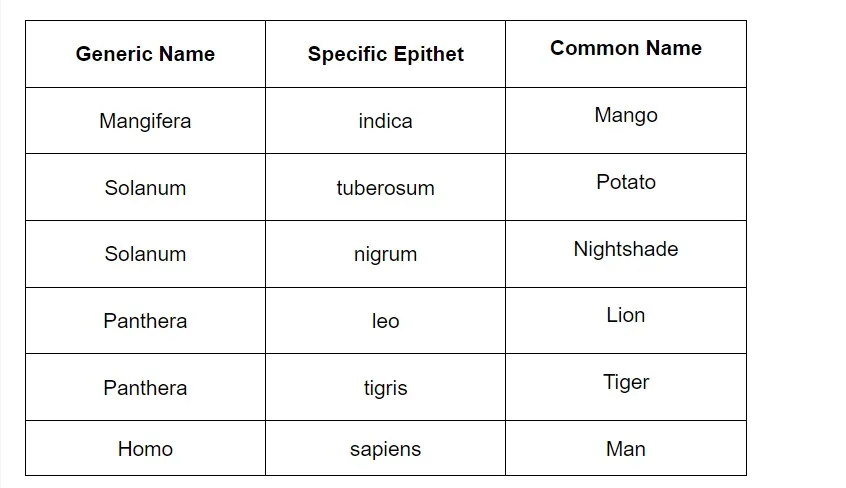
Taxonomical Aids
Taxonomical tools are helpful in industry, forestry, and agriculture as well as in the study of our bioresources. It can be applied in the lab as well as in the field.Museum
The museum serves as an archive for artistic and informative plants and animals that are displayed for public viewing. There are many different kinds of museums, such as the science, zoological, and natural science museums. Every museum owned by the college is kept up to date by the departments of zoology and botany.Botanical Gardens
These are the gardens that are in charge of raising and conserving a diverse array of plants. These plants are designated as reserved, marked with their botanical names on a label. It is an assortment of numerous plant species, including garden herbs, succulents, and many more exotic plants. Educational exhibits, art shows, and outdoor theatre musical performances with tours and other entertainment are available for visitors.Bentham and Hooker made the discovery. The largest botanical garden in India is the Indian Botanical Garden in Kolkata, while the largest tropical botanical park in Asia is the Tropical Botanical Park in Thiruvananthapuram, Kerala.
Herbarium
A collection of dried, labeled, and preserved plant specimens is called a herbarium. Following their collection, the plant species are first dried, pressed, mounted, and labeled on herbarium sheets. The following are the steps in the herbarium technique: gathering diverse specimens from diverse locations.CBSE Class 11 Biology Notes Chapter 1 PDF
Our expert subject matter specialists have prepared a CBSE Class 11 Biology Notes Chapter 1 PDF that clearly explains the numerous facets of naming and classifying the living world.CBSE Class 11 Biology Notes Chapter 1
Study without using the internet
Benefits of Using 11th Class Biology 1st Chapter Notes
There are a few different explanations for selecting us as the study partner. The following are the causes:
- The notes are written by a variety of accomplished instructors.
- We have created notes to ensure that the attention remains on the CBSE exam.
- The Class 11 Science bio notes class 11 chapter 1 end with several past year's exam questions.
- The official website offers conveniently accessible information that you can download for future use.
- The PDF form is available for free.
CBSE Class 11 Biology Notes Chapter 1 FAQs
Which is the most difficult chapter in class 11 biology?
Is CBSE 11th Biology tough?
Who is the father of biology?

